Cooking with Spanish Rice
Rice is an ingredient the British don't set much store by. It barely figures in our national cuisine. Rice cookery is something we're happy to acknowledge that other cultures do better. In fact, we probably eat more rice in our Chinese or Indian takeaways than as part of anything prepared in our home kitchens.
Our man on the ground in Spain, Paul Richardson, delves into the relationship Spaniards have with rice, with its different regions and opinions!

The case of Spain could hardly be more different. Few western countries hold rice in such high regard or consume it so regularly - it's estimated that Spaniards get through six kilos of arroz per head per year (27 per cent more than the European average). Rice in Spain is a solid staple of domestic cookery, a 'carb' as popular as bread, pasta or potatoes. Supermarkets often have a whole section devoted to it, with well-known brands like Cigala, Fallera, and Arroz SOS standing out in their bright-coloured 1kg packets.
Spanish cooks don't tend to obsess over particular rice varieties (though Bomba and Sènia are sometimes found) and would never think of using anything but short-grain rice, as long-grain lacks the capacity to absorb liquid in the way that Spanish cuisine needs it to.

HOW RICE CAME TO SPAIN
The species Oryza sativa originated in Asia, probably in India, and first arrived on the European scene in around 800BC, finally taking root in Spain following the Islamic invasion of 711AD. Nowadays the surface area devoted to rice cultivation stands at over 100,000 hectares. If the Spanish region most closely associated with rice is Valencia, surprisingly the country's leading producer is Andalucía, which grows almost half the total followed by Extremadura with just over a fifth, Catalunya with 16%, and the Comunidad Valenciana with 14%.
TYPES OR RICE
Essentially Spanish cuisine has three types of rice dish. In an arroz seco the rice hoovers up all the stock leaving the grains 'dry' but plump and tender. Then there's meloso, a creamy style analogous to an Italian risotto, and caldoso, in which some of the cooking liquid remains to form a rich soupy sauce.
Spain does have a few simple, everyday rice dishes. Arroz blanco ('white' or plain rice) is thought appropriate for invalids, or people recovering from an upset stomach. Arroz a la cubana is a retro, home-style dish of plain rice served with a fried egg and a fried banana with tomato sauce on the side. But more often when rice appears on the menu it implies something out of the ordinary, a celebration, or a treat. And few dishes are more celebratory than paella.
The name derives from the Latin patella, meaning a recipient made specifically of metal. (The English word 'pail' shares a common root.) Strictly speaking therefore paella means both the dish as such and the wide, shallow iron pan in which it's made.
PAELLA

Recognised all over the world as a symbol of Spanishness on a par with Julio Iglesias, bullfighting, Gaudí and Rosalía, paella might be the national dish but most 'international' versions of it have only a tenuous connection to the genuine article. A few years ago our own dear Jamie Oliver caused outrage in Spain when the chef was found to have included chunks of chorizo - shock! horror! - in the ingredient list for his paella recipe.
The sad truth is that even in its own homeland paella is not always respected either. Too many Spaniards think of it as a free-for-all in which anything goes - meat, fish, veg - with fat prawns and mussels laid over the top and bright orange food-colouring instead of saffron. Equally, the pre-cooked, frozen and re-heated 'paellas' served to foreign tourists on the Costas and Barcelona's Ramblas are a travesty of the real thing.
A TRUE SPANISH PAELLA
In attempt to bring order to this chaos, a consortium assembled by the Town Hall in Valencia recently published a list of the ingredients allowed in any truly authentic version of the dish. The 19-strong list includes chicken, rabbit, duck, snails, green beans, artichokes, the fat Valencian butter-beans called garrofó, plus garlic, saffron, rosemary, pimentón, salt, and water. Short lengths of pork spare ribs are also admissible, as are meatballs, which are sometimes used in the paellas of Castellón. But that's it: no onion, no red pepper, no stock - and emphatically no chorizo. (Jamie take note.)
WHEN TO EAT RICE
After more than three decades of cooking and eating paella and other Spanish rice dishes, I've learned a few general rules about how to do both. To start with, any big rice-fest in Spain almost always takes place at lunchtime, and the idea of eating rice in the evening is a no-no. (Paella for dinner is strictly for the tourists.) The paella is best cooked in the open air, either on a circular gas burner or (ideally) over a wood fire. A common fault is to fill the pan too deep, a thin layer of rice being thought desirable. Unlike when making risotto, which is stirred constantly to create a soft creamy texture, paella should never be stirred - indeed, to do so is regarded as a heinous crime. Lastly, experienced paelleros like to let the rice 'rest' for a few minutes under a clean kitchen cloth, which allows the flavours to develop as the pan loses some of its heat.
When properly made by someone who knows what they're doing, paella is a spectacular dish combining colour (that rich saffron gold flecked with green) with a fabulous aroma as the pan is brought to the table. An experienced paellero knows how to give the rice a final blast of heat towards the end of the cooking time, which creates a delicious toasty crust on the bottom. (This is known as the socarrat.)
MORE THAN PAELLA
Paella has stolen the limelight, but the world of Spanish rice cookery is way more varied than most people give it credit for. In Valencia the repertoire extends to rib sticking traditional classics like arròs amb fesols i naps (with beans and turnips, a winter dish made rich and heavy with cuts of fatty pork) and rice with salt cod and cauliflower, a speciality at the restaurant Casa Salvador in Cullera (Valencia). Arròs del senyoret, 'rich kid's rice', is so-called because all the seafood ingredients come ready peeled and in bite-sized pieces.
WHERE IS THE HOME OF PAELLA?
Valencia may be the home of paella, but for many Spanish gourmets it's in Alicante, just down the coast, that rice cookery reaches a higher level. At Casa Paco Gandía, a simple restaurant in the village of Pinoso (Alicante), connoisseurs come from far and wide to eat Josefa Navarro's savoury rice, which is cooked in the paella in a thin layer with rabbit and snails. The southern part of Alicante province is the realm of arroz al horno, a sub-set of Spanish rice cookery that deserves to be much more widely known. The rice is oven-baked in an earthenware casserole with pork spare ribs, rabbit or chicken pieces, and lengths of blood-sausage morcilla, sometimes topped with potato or tomato slices and a whole head of garlic. (An interesting variant from the town of Elche, arròs amb crosta, adds a 'crust' of beaten and seasoned egg.)
RICE IN OTHER REGIONS
From Valencia, rice-based cuisine billows out along the shores of the Mediterranean. Catalunya has its very own rice culture, with arròs negre - 'black rice' made in the paella pan with squid, seafood stock and cuttlefish ink being the star turn. From Mallorca comes arròs brut - 'dirty rice' - featuring mixed meats and an extraordinary use of spices, and from Ibiza arròs de matances, a richly delicious rice based on various cuts of pork, typically made on the day of the pig slaughter (matanza).
ARROZ CON LECHE
But there's one Spanish rice dish which is quite unlike all the others. Arroz con leche ('rice with milk') is a special case in various important ways. It hails originally neither from Valencia, nor Alicante, nor anywhere on the Mediterranean coast, but from the northern region of Asturias with its lush pastures and rich dairy culture. It's not savoury, but sweet; not served hot, but cold; and, uniquely, it's stirred throughout the cooking process for another level of luscious creaminess. If you were scarred as a child by institutional British 'rice pudding', arroz con leche may very well change your mind. Made with fresh Asturian milk and thick cream, and flavoured with cinnamon, vanilla and citrus peel, this may just be the best Spanish rice dish of all. (With apologies to paella.)
SHOP BRINDISA RICE COLLECTION
If you'd like to try some fantastic Spanish rice, take a look at the great quality ones Brindisa sells here. SHOP RICE
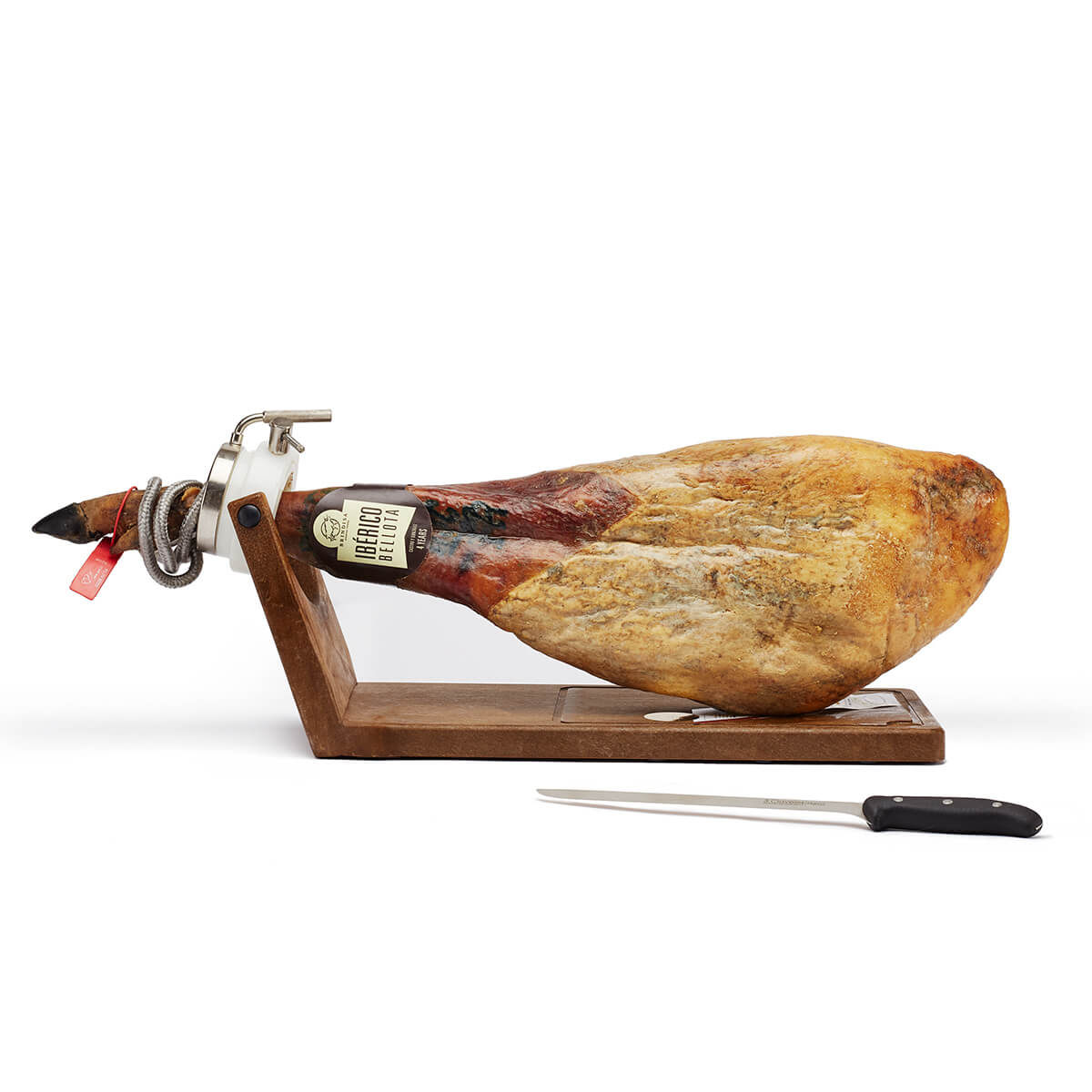 Brindisa Bellota 75% Iberico Ham Kit
Brindisa Bellota 75% Iberico Ham Kit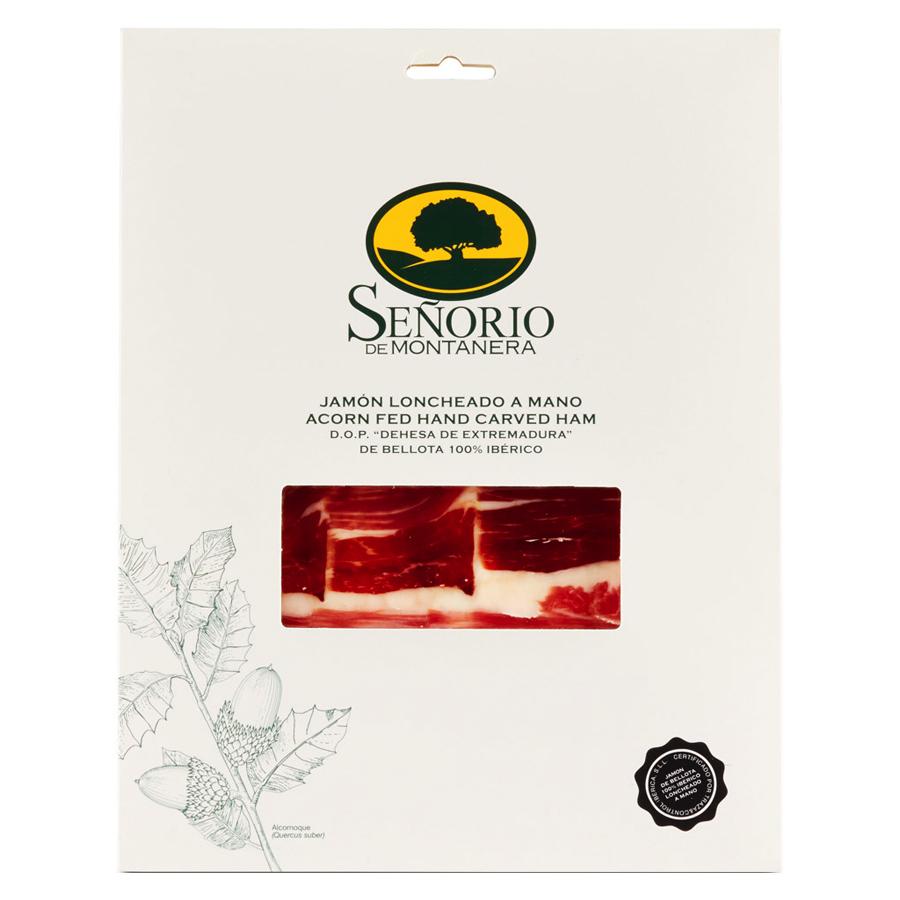 100% Iberico Hand-Carved Ham
100% Iberico Hand-Carved Ham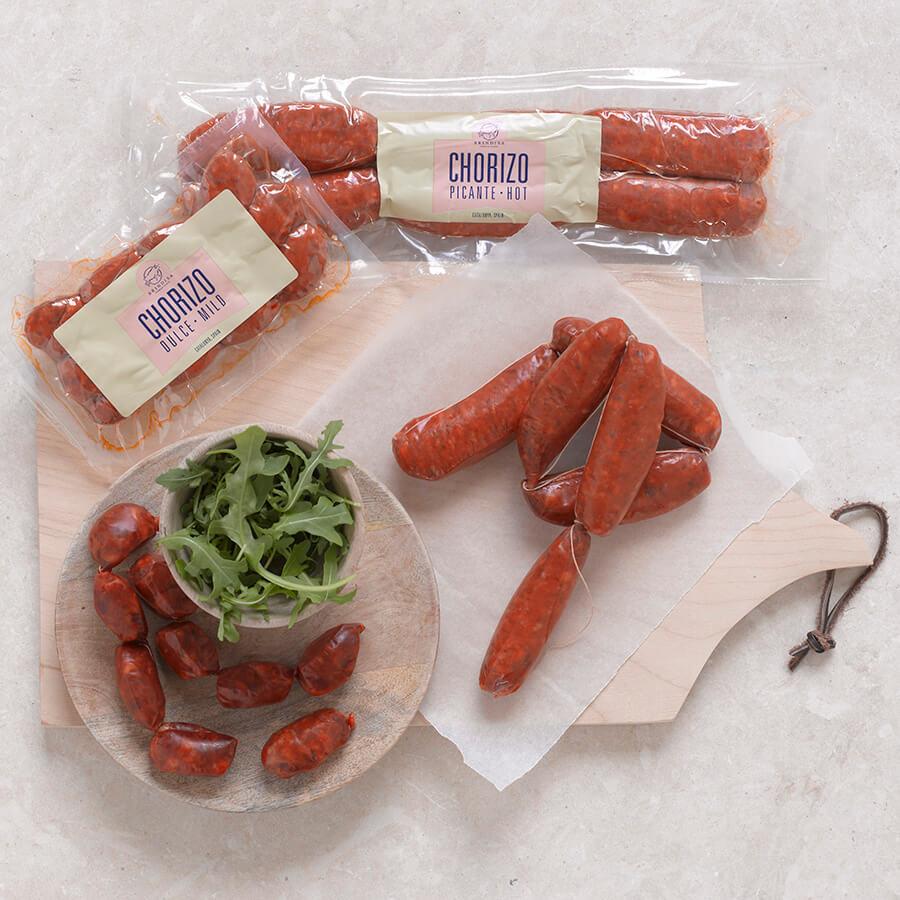 Cooking Chorizo
Cooking Chorizo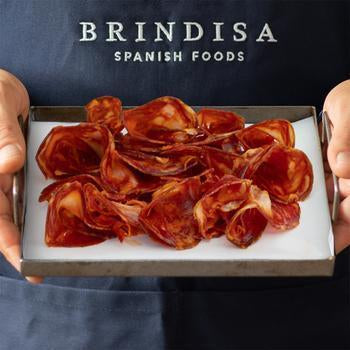 Freshly Sliced Charcuterie
Freshly Sliced Charcuterie Truffle Manchego
Truffle Manchego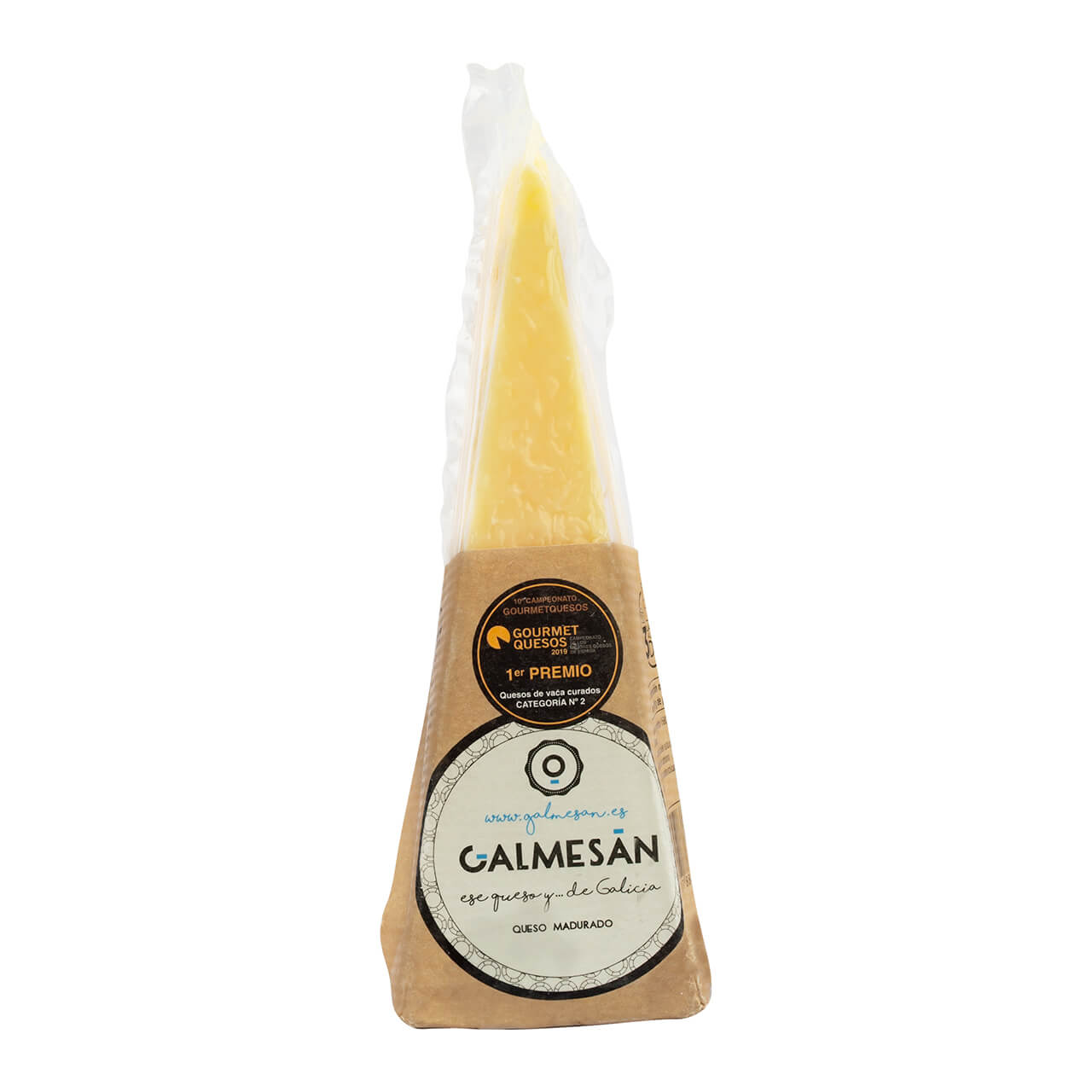 Galmesan Wedge
Galmesan Wedge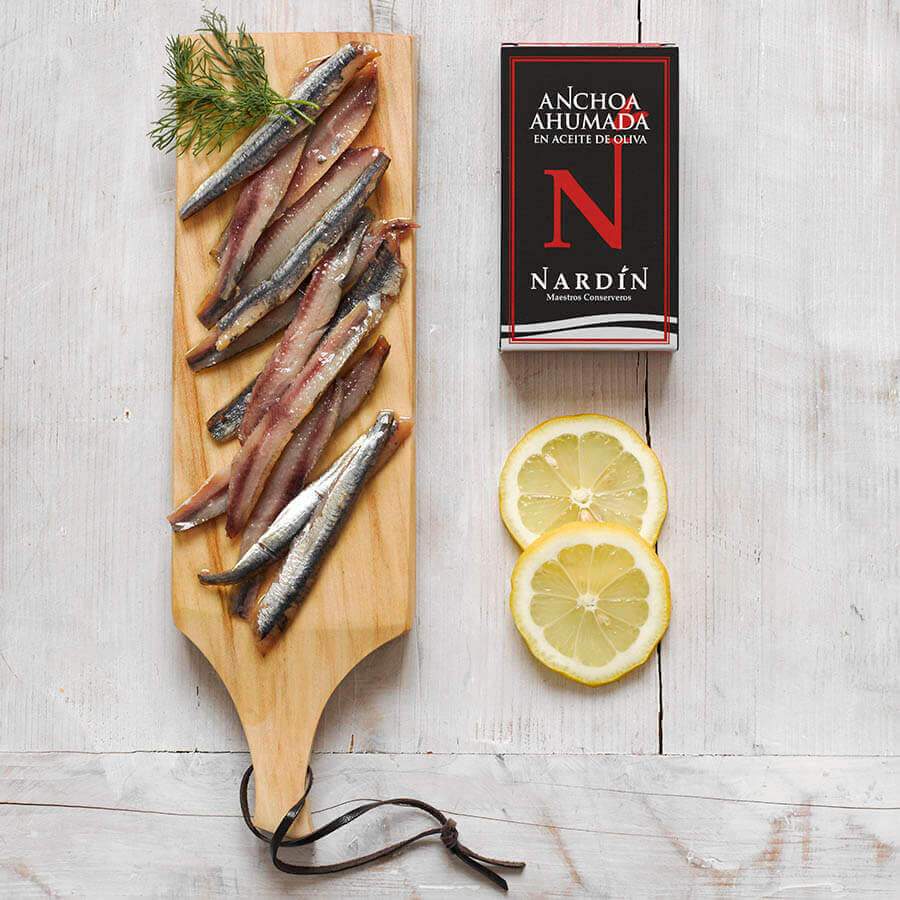 Beech Smoked Anchovies
Beech Smoked Anchovies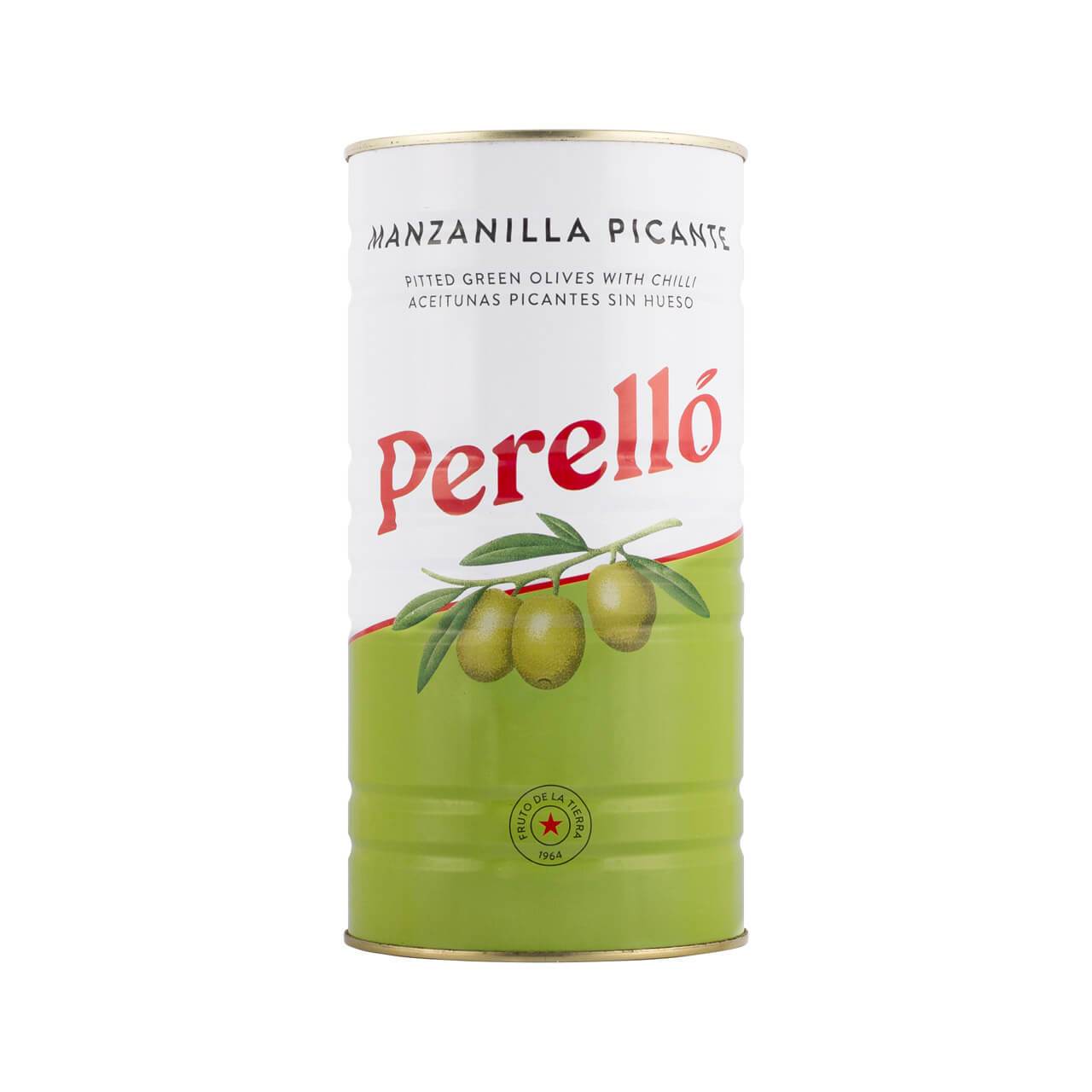 Perello Manzanilla "Martini" Olives
Perello Manzanilla "Martini" Olives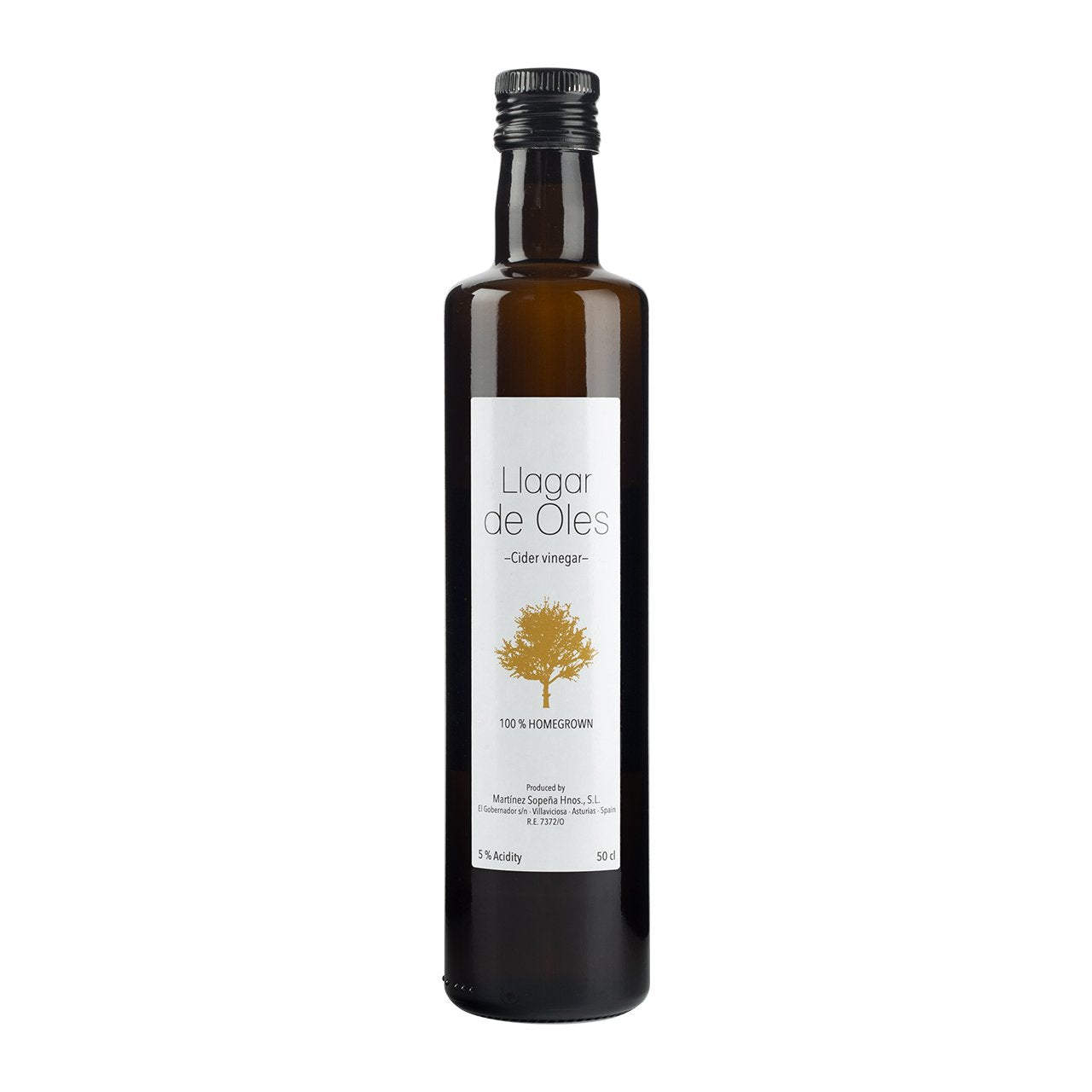 Apple Cider Vinegar
Apple Cider Vinegar Buy a Gift Card
Buy a Gift Card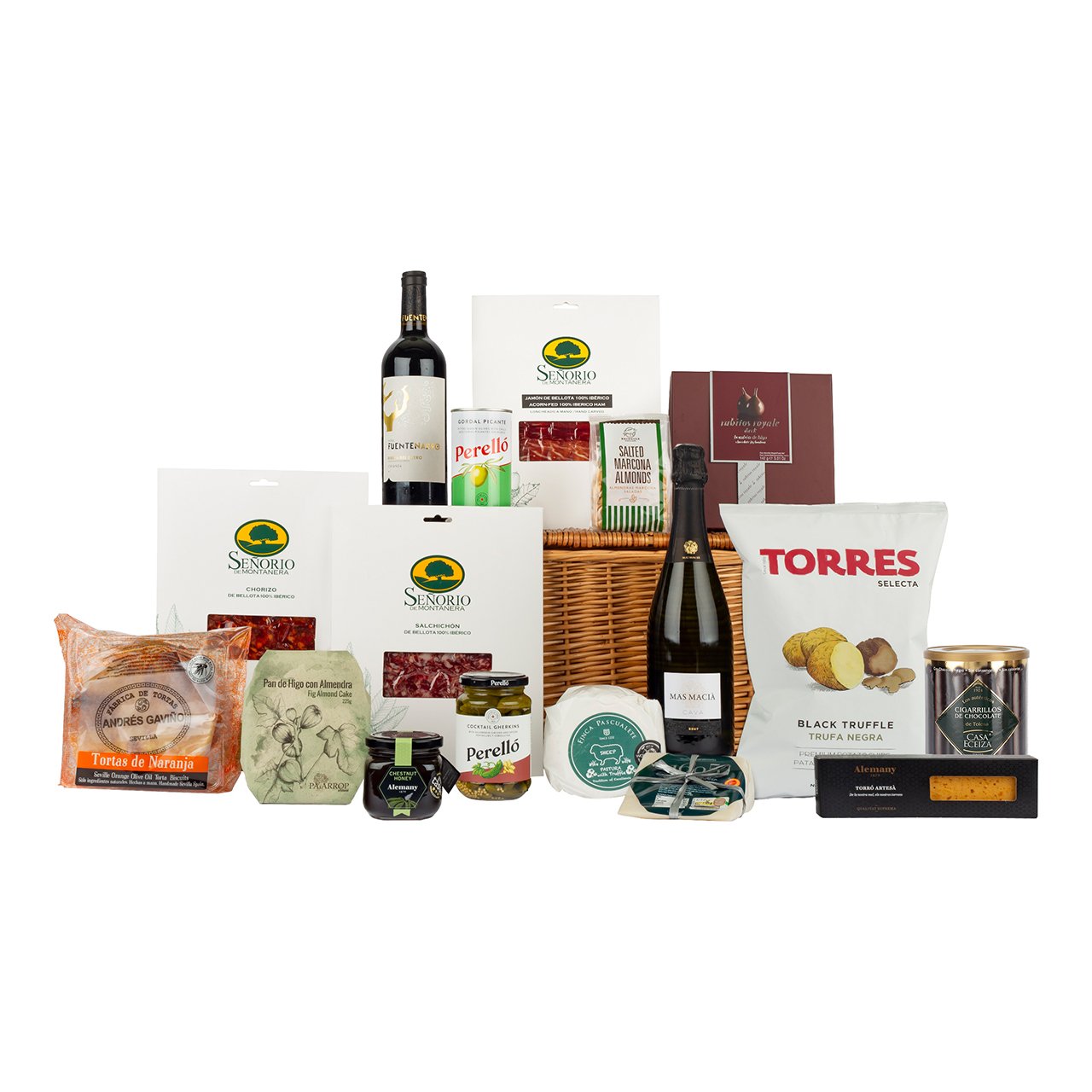 Celebration Hamper
Celebration Hamper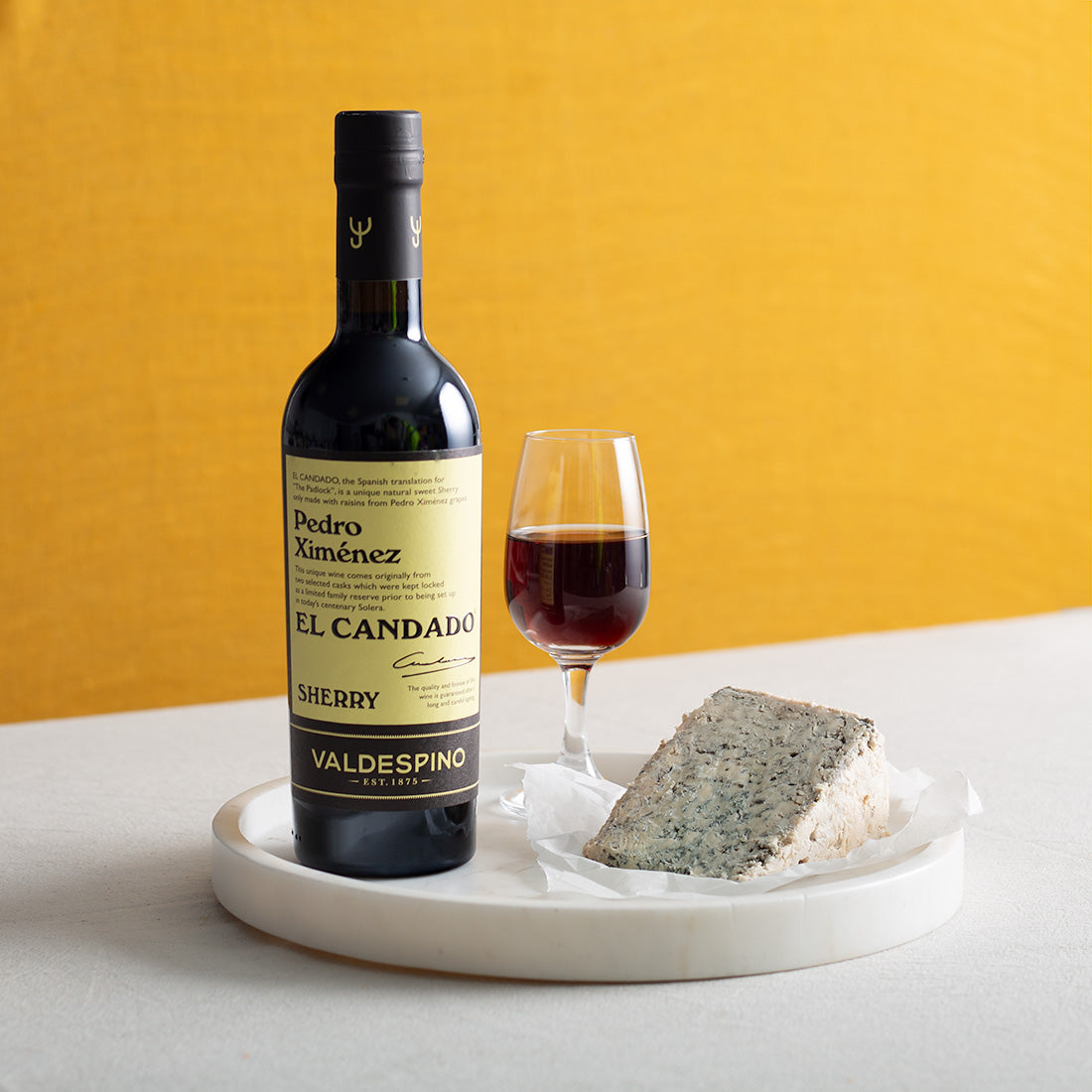 Sherry
Sherry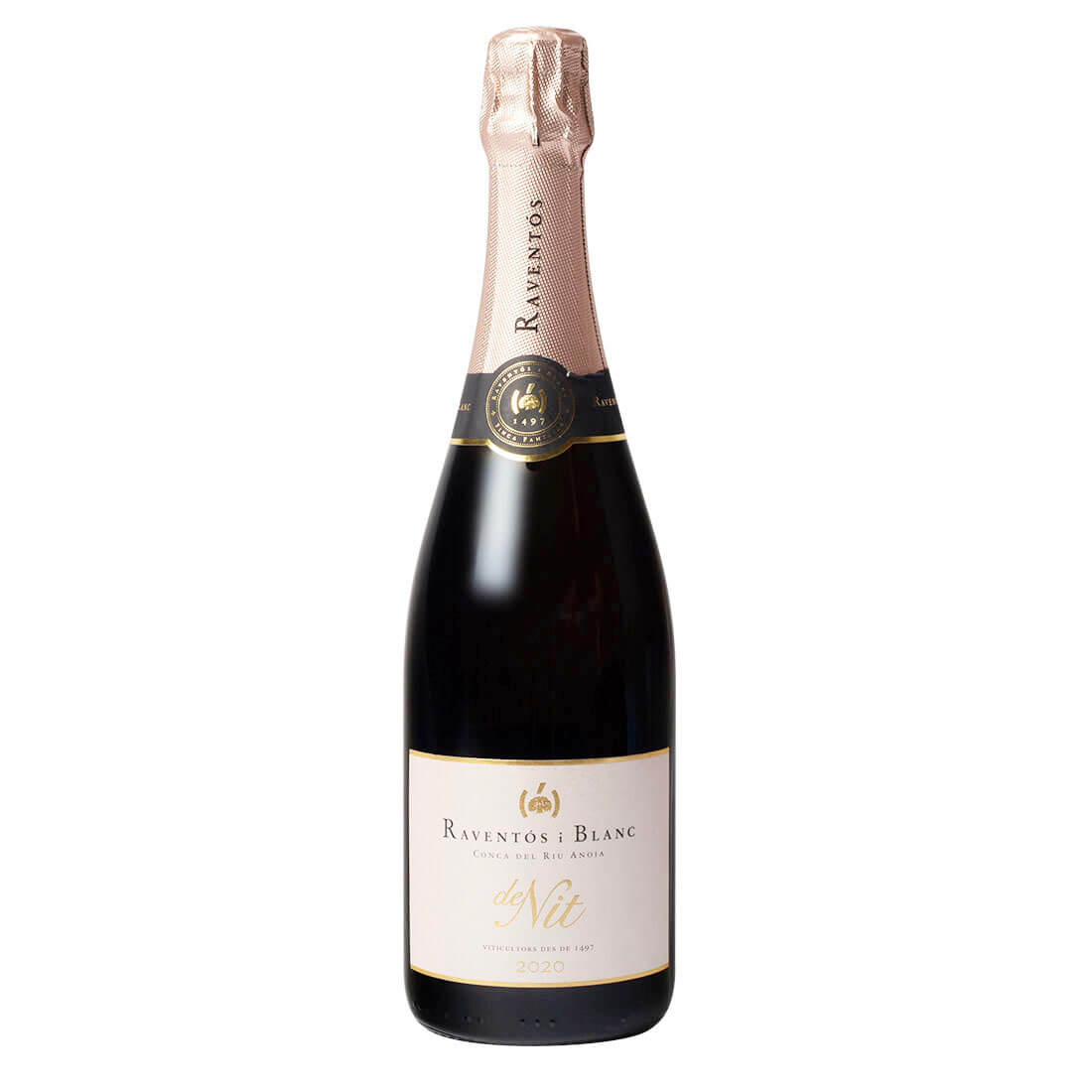 Sparkling Cava for Christmas
Sparkling Cava for Christmas Perello Olives
Perello Olives Navarrico Butter Beans
Navarrico Butter Beans






